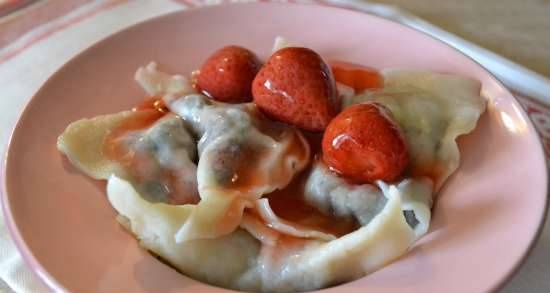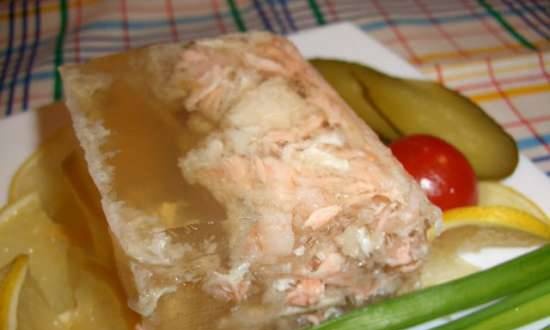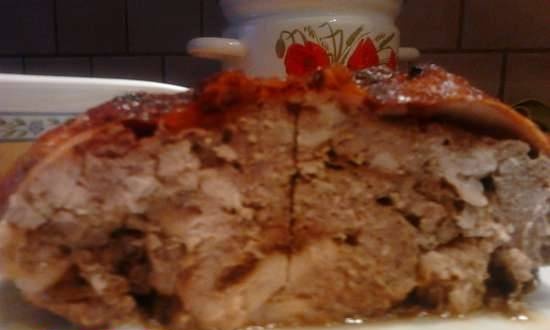About Russian cuisine |
|
The main occupation of the Eastern Slavs was agriculture. Its most ancient system - slash, and later - forest fallow determined the widespread use of grain and products of its processing in nutrition. Plow agriculture constantly required draft power and fertilizers, therefore, along with agriculture, cattle breeding developed rapidly, which played an important role in the formation of Russian cuisine. Ancillary occupation of the Russians were such trades as hunting and fishing, bee-keeping, which also influenced the diet of our ancestors. Nevertheless, Russian cuisine developed primarily under the influence of arable farming, the cultivation of rye, barley, wheat, oats, and millet. These cultures, traditionally used in food, have defined several directions in food preparation.
The preparation of cereals (from 6-8 types of cereals) and some legumes (peas, beans, lentils) has become an independent direction. For many centuries, Russian grain dishes were considered an object of special worship, indispensable attributes of religious rituals, symbols of homeliness and hospitality, while remaining everyday, and then traditional. In the preparation of products from flour, cereals, Russian chefs have reached unheard-of perfection. The list of these dishes alone would take several pages. The national Russian culinary art is famous for its wonderful dishes, in which cereals are originally combined with other products - vegetables, milk, cottage cheese, eggs, fish, meat. In general, Russian folk cuisine since ancient times has been built on a harmonious combination of animal and plant products in one dish - these are dumplings, pies, pies with meat, cottage cheese, fish, cheesecakes, semi-liquid dishes (old ear, etc.) from vegetables and meat , soups with meat and vegetables (cabbage soup, borscht, hodgepodge, etc.), fish (fish soup, fish soups), various casseroles, cereals, cereals with milk, etc.
However, one cannot but take into account the fact that our life is changing, its rhythm has changed, the ecological situation has changed, some traditions in cooking have lost their meaning.It is important to select from folk experience everything that is not outdated and corresponds to the conditions of modern life, and at the same time proceed not only from traditions and folk experience, but also take into account the latest achievements in the field of nutritional physiology, the individual characteristics of each person, the nature and intensity of labor. But in all cases, food must correspond to national tastes and habits, as the famous Russian culinary expert K. Avdeeva wrote about in the middle of the last century:
Despite the diversity of regional tastes and traditions, under the influence of common historical destinies, common features of a single national Russian cuisine have developed. The expansion of intra-ethnic and inter-ethnic ties left a noticeable imprint on the nature of the Russians' diet.
The Russian stove, household utensils, table customs, everyday and festive dishes - all this Russian people did not forget, wherever he settled - near the shores of the White Sea or in the Voronezh steppes, in Altai or in the Donbass. Stable food tastes and habits, a kind of kitchen conservatism are often formed under the impressions received in childhood. In these impressions, according to the famous writer Vera Inber, "The inexplicable sweetness of the past and the subtle play of memories"... Therefore, a person is far from indifferent to what he was fed in childhood, and favorite "mother's dishes" are remembered for life. EM Velichko - Russian folk cuisine. Photo Admin |
| How to meet guests and hold festive feasts | Russian cuisine according to "Domostroi" and "Painting of tsarist dishes" |
|---|
New recipes










